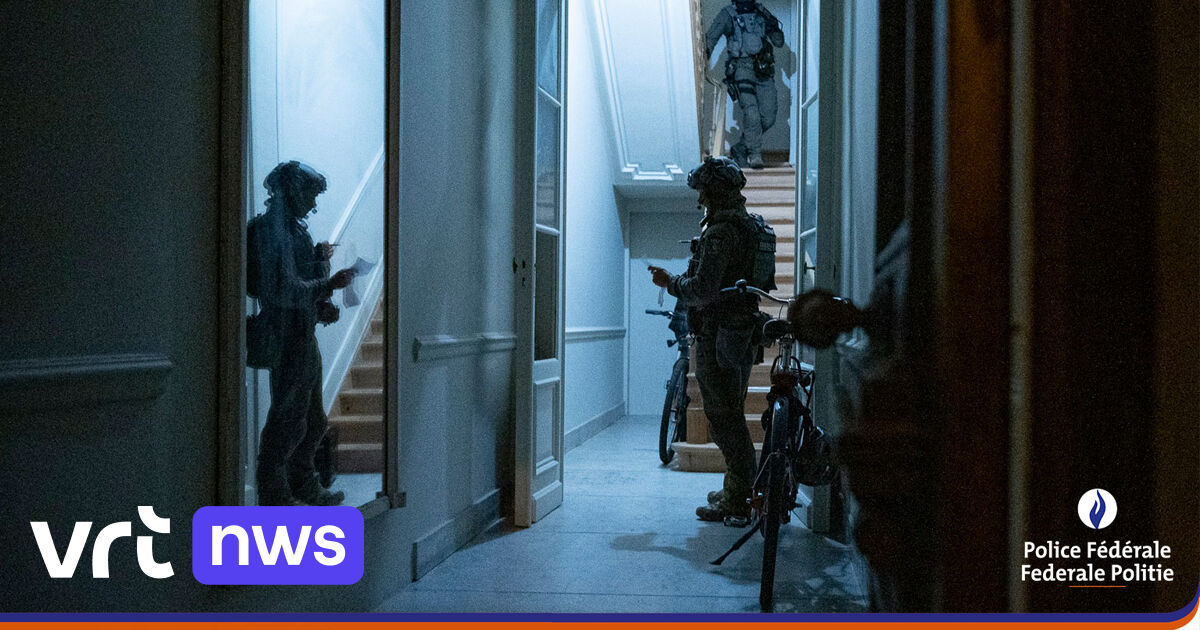–
The year 1977 went a long way. Woody Allen won the Oscar for best film with Annie Hall, Niki Lauda was proclaimed Formula 1 world champion, Elvis Presley died (or not) and Spain held its first general elections after the dictatorship. Also, on November 17 of that same year, the Junta de Castilla y León declared the file to declare the former convent of San Francisco as Asset of Cultural Interest. A document that has remained 44 years in a drawer until someone has decided to rescue it and proceed with its execution. Just yesterday, the regional administration reported that the letter to grant the status of monument to the headquarters of the Rei Afonso Henriques Foundation was released to public information. Four full decades and half of the fifth has had to wait for this imposing set of the Left Bank to get its protection.
When the Junta de Castilla y León decided to open a file for the BIC declaration of the convent of San Francisco, this complex was only made up of ruins. Not in vain, this is how they talk about them in the Official State Gazette of December 7, 1977, which served to publicize the document and also eight years later, in an April 1985 report prepared by the Royal Academy of Fine Arts of San Fernando at the request of the Ministry of Culture, in order to determine if the complex was worthy of the declaration of a historical-artistic monument.
However, more than forty years go a long way. Even to carry out a comprehensive intervention before finalizing the declaration file as Asset of Cultural Interest of the old convent. And that was what happened in the nineties, when the space regained its splendor thanks to an applauded intervention that concluded with a new use for the set. Since then, the Rei Afonso Henriques Foundation has been the resident of this building with a history that has finally earned that BIC mark with all those of the law.
The current convent of San Francisco has two different parts and it is in the historical part that the BIC declaration focuses. In it you can see the architectural remains of the head of the convent church, such as the 16th century apse, the side chapels of Ocampo and Escalante from the end of the 15th century and the beginning of the 16th, as well as the funerary chapel by Gil de Hontañón. Likewise, remains of the old cloister and the winery are preserved, dating from the beginning of the 17th century.
Although the historical data that are preserved of this old convent are scarce, it has been possible to compare that it had such importance in the 15th and 16th centuries that it became the residence and headquarters of Alfonso V, King of Portugal, in his fight against the Catholic Monarchs through the city of Zamora. Pedro Laso de la Vega, one of the main community leaders of Toledo, also stayed there in the middle of the revolt. And its imprint and architectural bearing was recorded in Wyngaerde’s view of Zamora in 1520.
All this, however, was reduced to nothing practically overnight. During the War of Independence, the French troops housed in the convent destroyed a large part of the complex and in 1835, with the confiscation and seclusion of the monks, a process of sale and dismantling was opened until it was declared practically in ruins. So, at least, it was on the plane made in 1865 by Francisco de Coello, when the space was already privately owned.
The rehabilitation and adaptation to its new use as the headquarters of the Rei Afonso Henriques Foundation has undoubtedly made it possible to integrate the remains of the old convent into a new project in accordance with current needs, but without losing its historical characteristics. A unique framework that will finally be declared BIC.
– .


